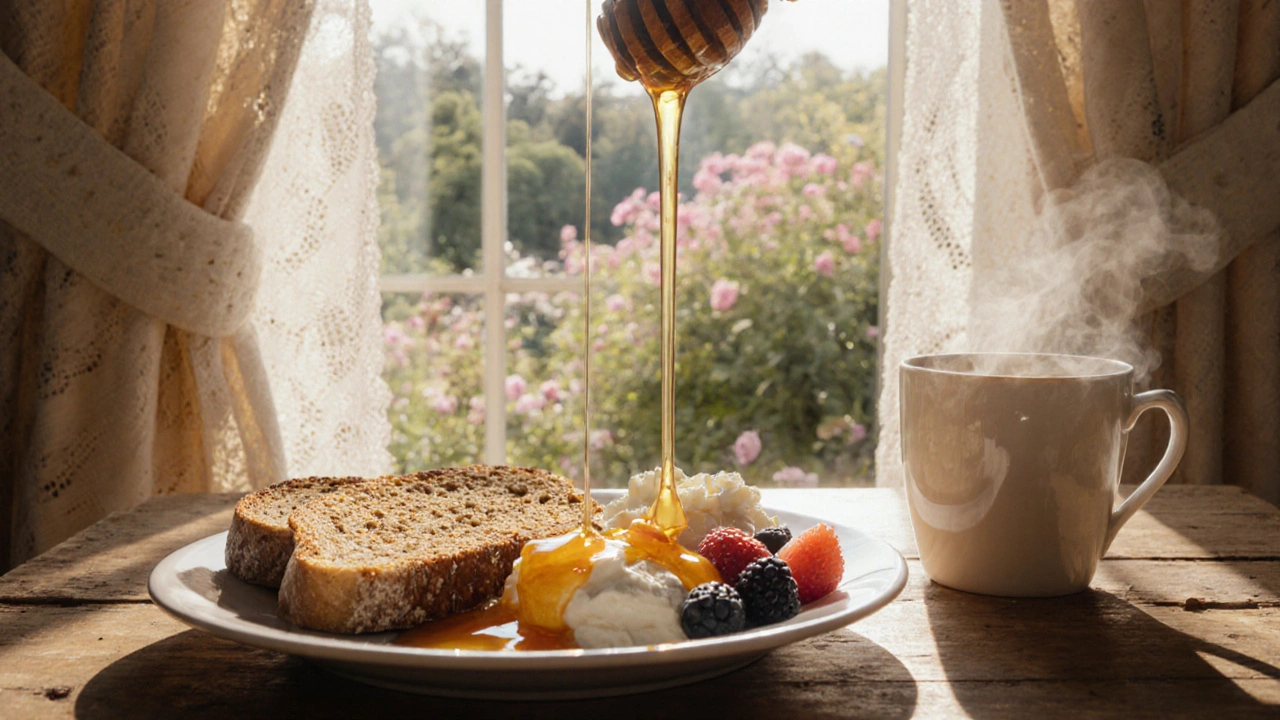Natural Sweetener Basics: What You Need to Know
When you want a little sweetness without the blood‑sugar spikes of regular sugar, natural sweeteners are the go‑to. They come from plants, fruits, or minimal processing, and most of them bring extra nutrients or a lower calorie count. The key is to pick the right one for your taste, cooking style, and health goals.
Top Natural Sweeteners and Their Benefits
Stevia is a leaf extract that can be up to 300 times sweeter than sugar. It has zero calories and doesn’t raise blood glucose, making it popular for diabetics. Because it’s so sweet, you only need a pinch. The downside? Some people notice a bitter aftertaste, especially in baked goods.
Monk fruit (luo han guo) works similarly to stevia—high sweetness with zero calories. It contains antioxidants called mogrosides, which may have anti‑inflammatory effects. Monk fruit blends often include a small amount of erythritol to bulk up the texture.
Honey is a classic. It adds a mellow flavor and brings tiny amounts of vitamins, minerals, and enzymes. It’s still mostly sugar, so watch the portion size if you’re counting carbs. Raw honey also has antimicrobial properties, which can be a plus for sore throats.
Maple syrup provides a distinct caramel note and supplies manganese and zinc. Like honey, it’s high in sugar, but the mineral content makes it a better choice for occasional pancakes or oatmeal.
Date paste is made by blending soaked dates into a smooth spread. It’s high in fiber and potassium, and works well in smoothies, energy balls, or as a butter substitute in recipes that need moisture.
Coconut sugar looks like brown sugar and has a lower glycemic index than white sugar, though the difference isn’t huge. It brings a hint of caramel and a small amount of iron, zinc, and calcium.
How to Use Natural Sweeteners in Everyday Cooking
Start with a 1:1 swap when the sweetener’s sweetness matches sugar, like coconut sugar or maple syrup. For zero‑calorie options like stevia, use a fraction of the amount—usually 1 teaspoon of sugar equals about 1 drop of liquid stevia or ¼ teaspoon of powdered stevia.
When baking, consider the moisture content. Liquid sweeteners (honey, maple syrup) add extra water, so you may need to reduce other liquids by about ¼ cup per cup of liquid sweetener used. For dry sweeteners (coconut sugar, date paste), you can often keep the same volume, but expect a slightly denser texture.
Mix sweeteners with spices before adding them to batter. A dash of cinnamon or nutmeg can round off any bitter notes from stevia or monk fruit. Taste as you go—natural sweeteners vary in flavor intensity, so a little tweaking makes a big difference.
Store sweeteners properly. Keep honey and maple syrup in a cool, dark place; they last months. Stevia and monk fruit powders stay fresh in airtight containers. If you notice clumping, a quick shake or stir will fix it.
Finally, remember that “natural” doesn’t always mean “low calorie.” Honey, maple syrup, and coconut sugar still contribute calories and carbs. Use them mindfully, especially if you’re watching weight or blood sugar.
By understanding each sweetener’s taste profile, sweetening power, and health impact, you can replace refined sugar without sacrificing flavor. Experiment, keep a short notes list, and soon you’ll have a sweetener toolkit that fits every meal—from morning coffee to evening desserts.

